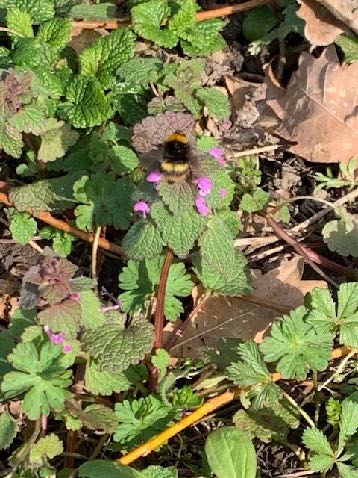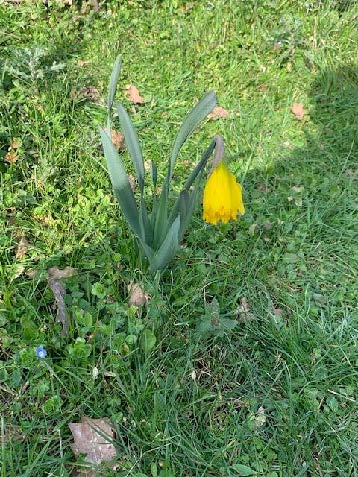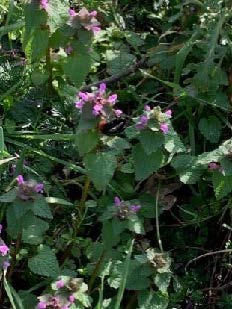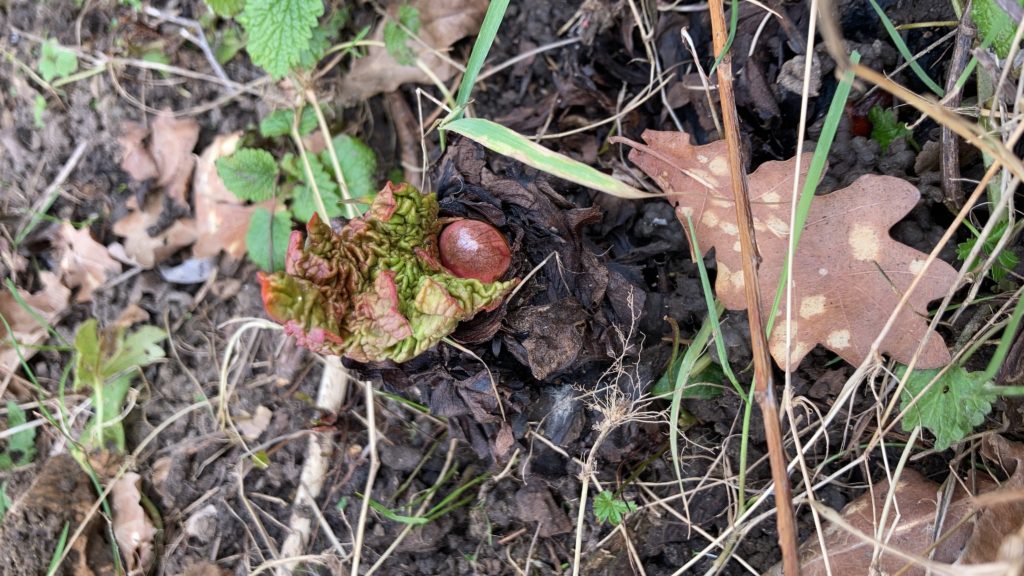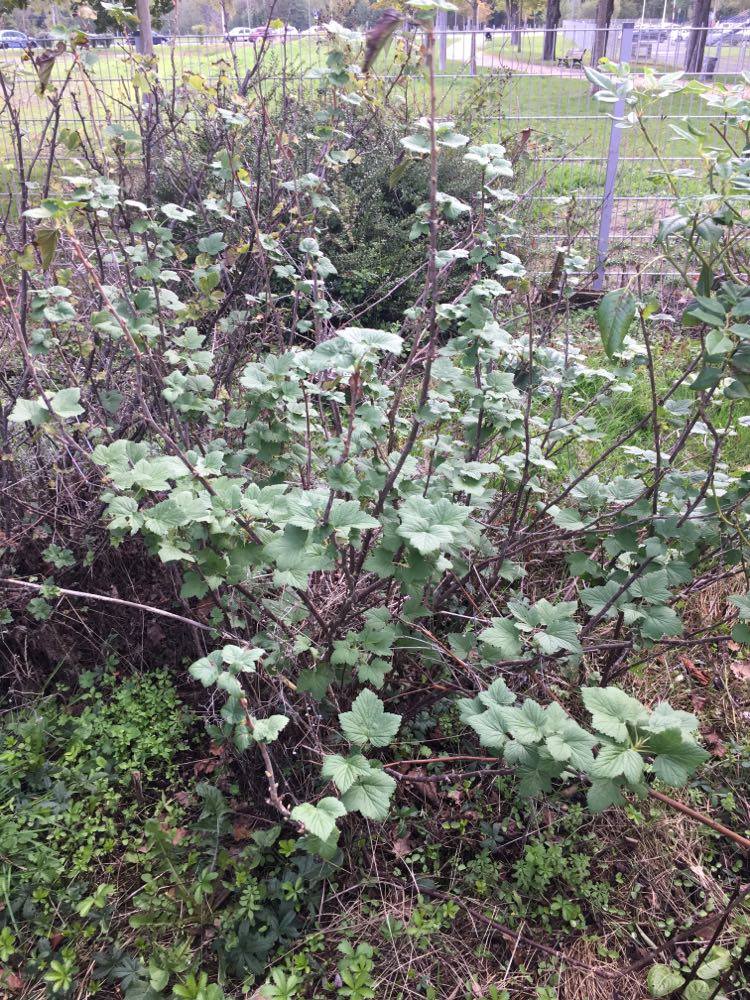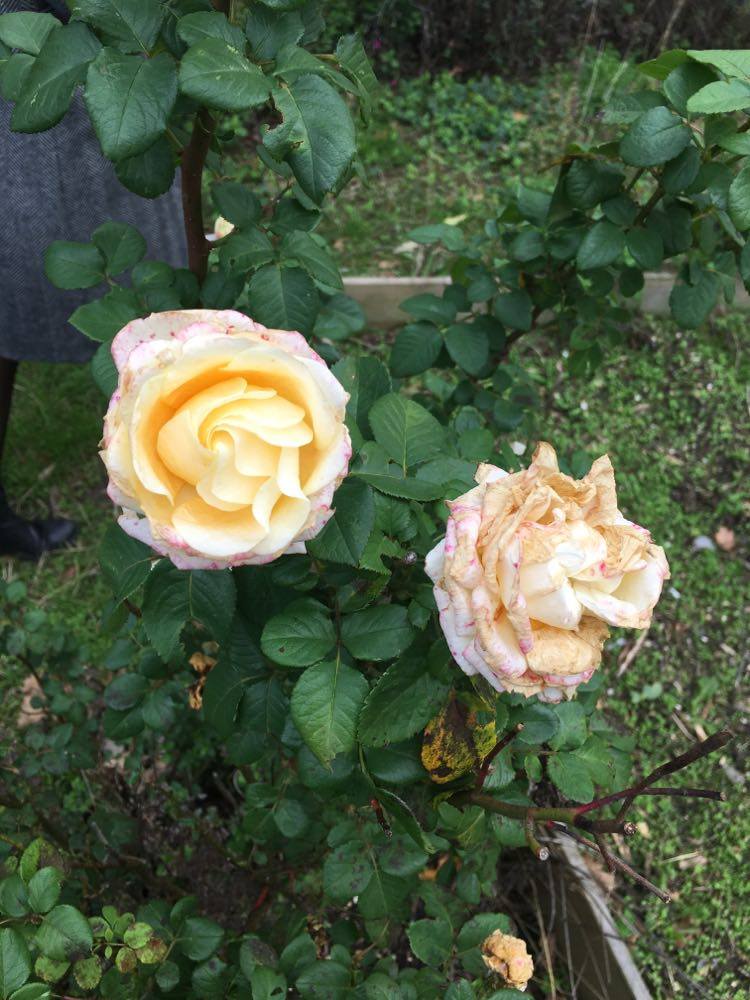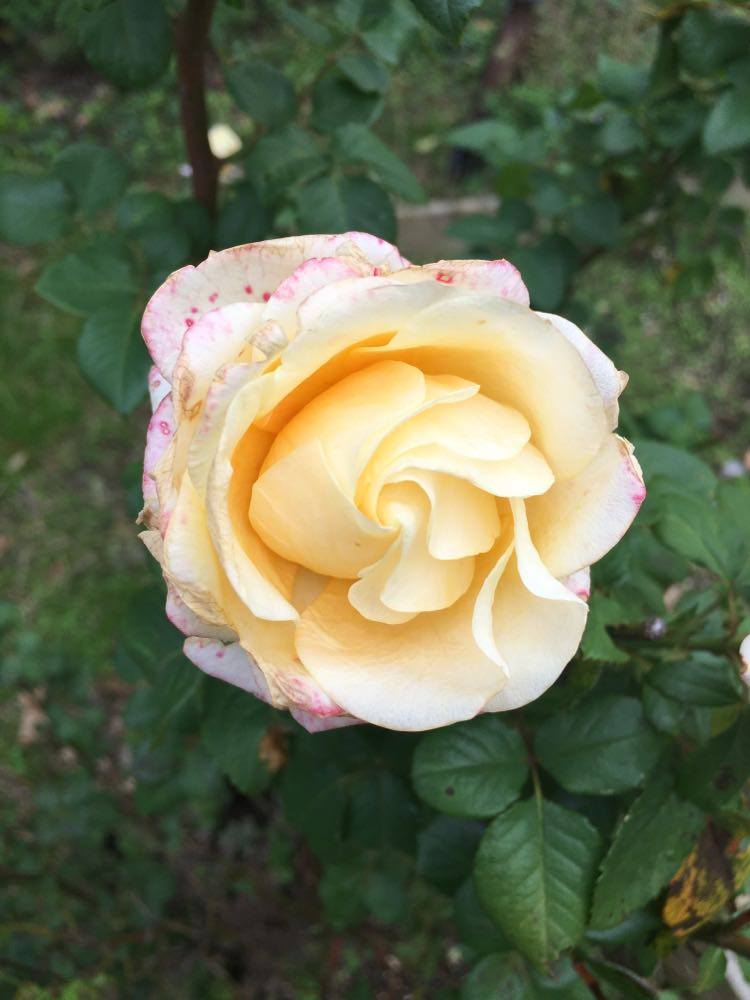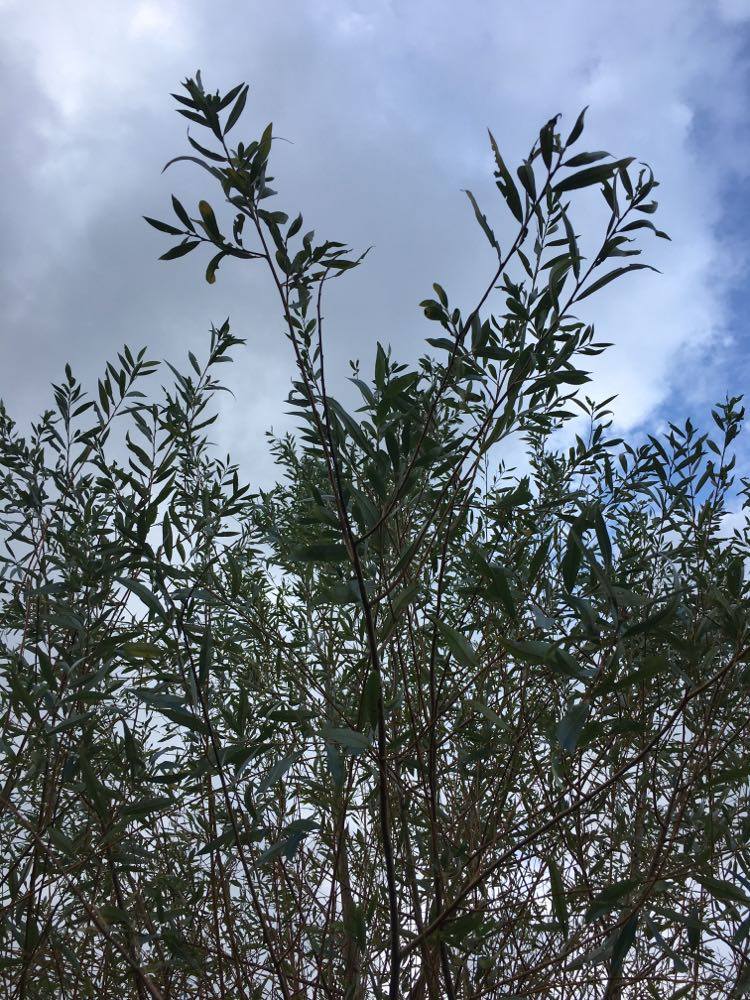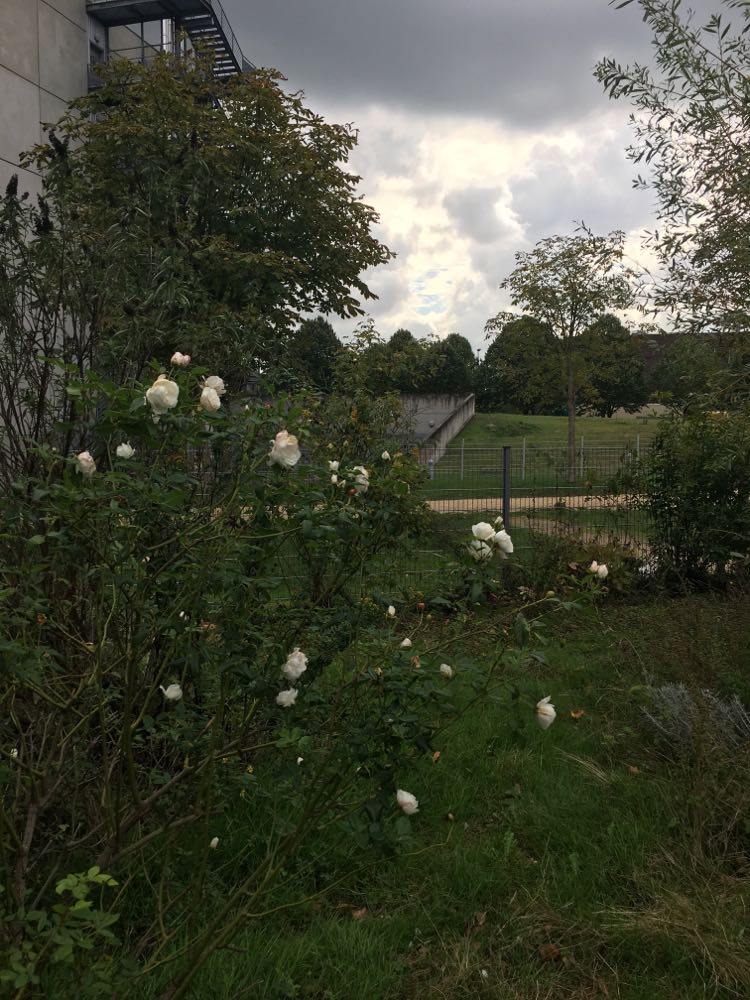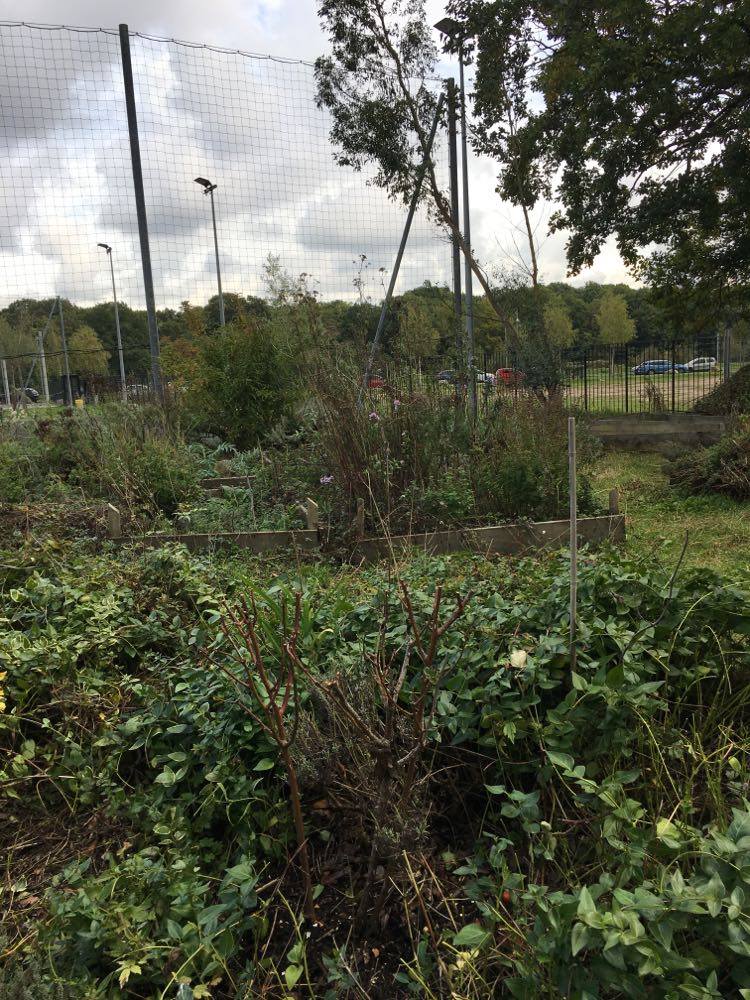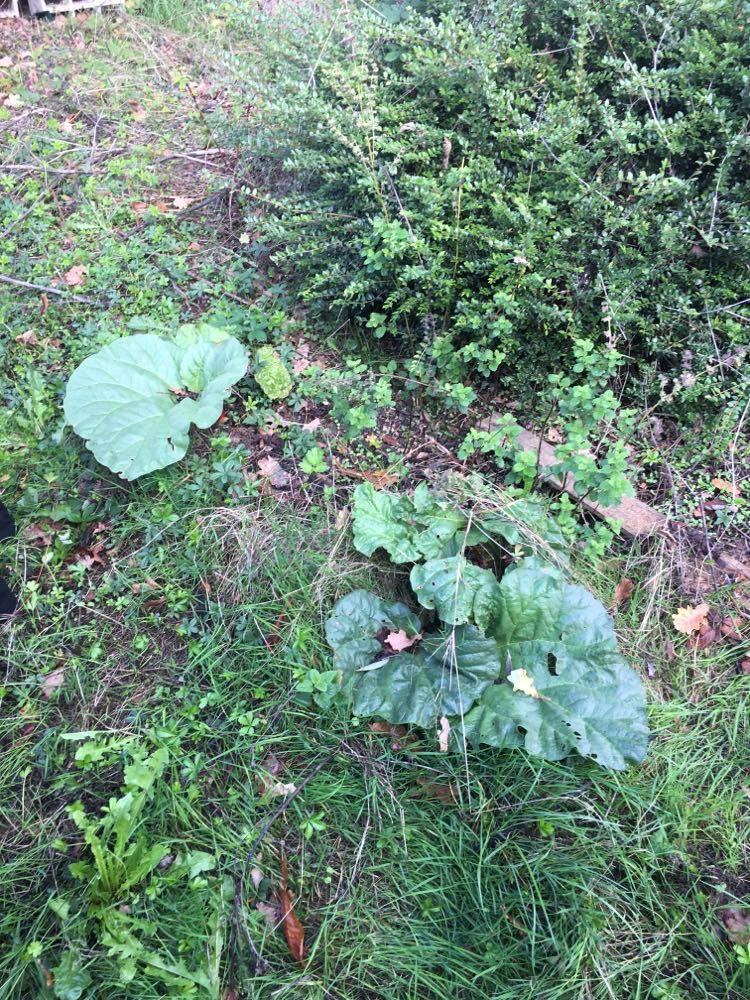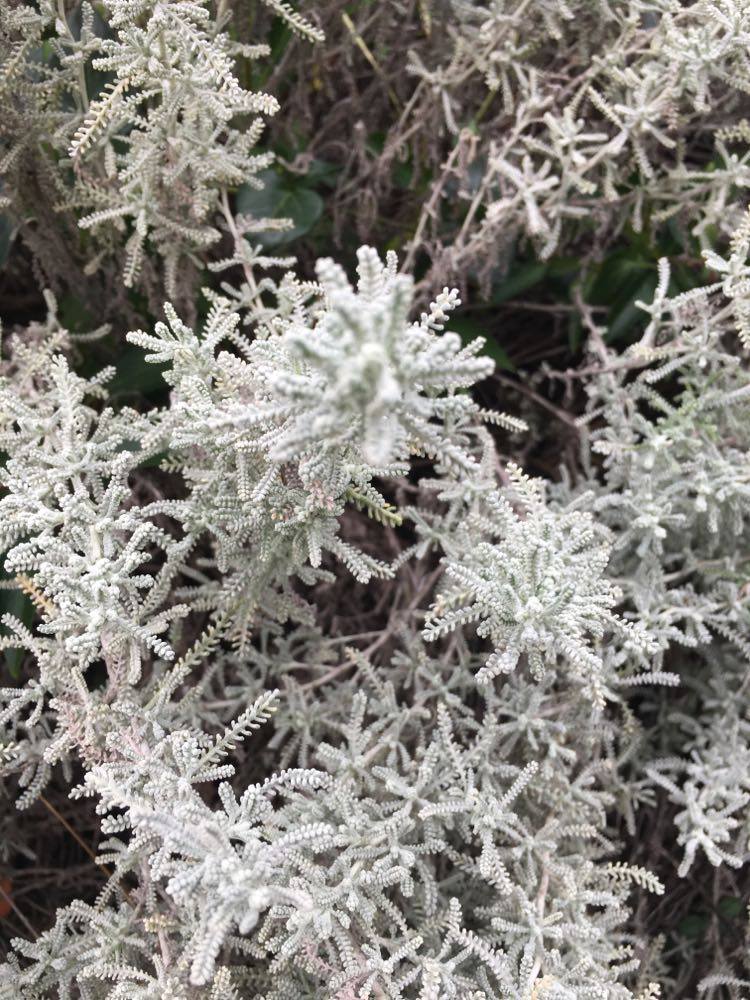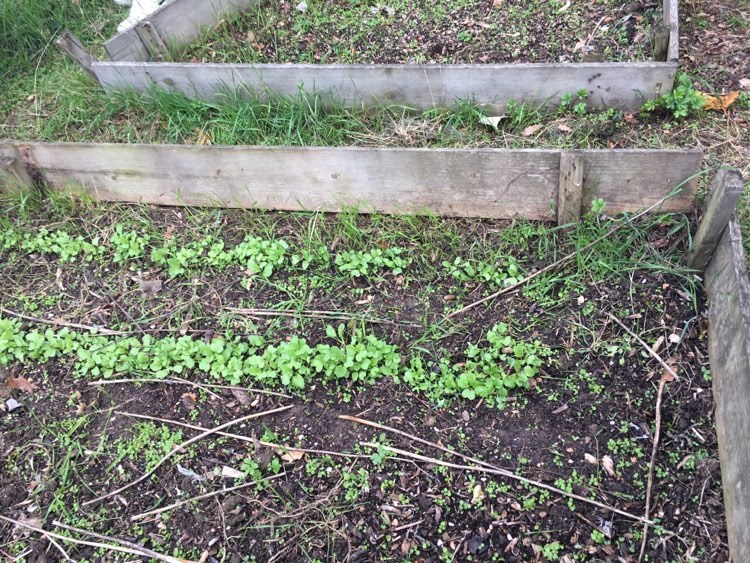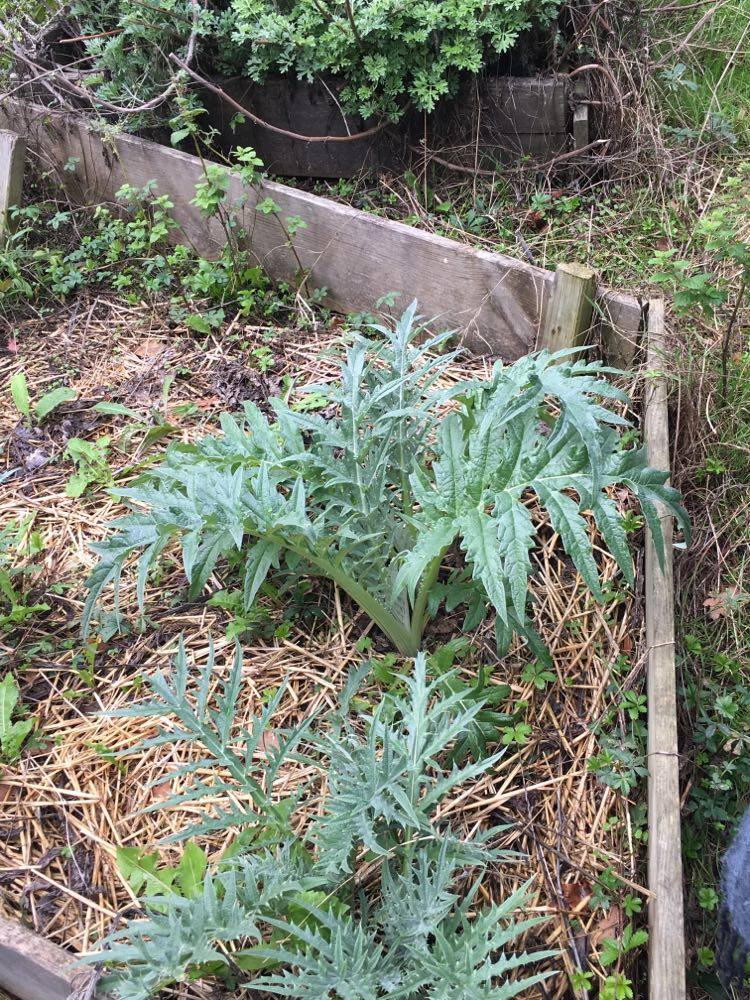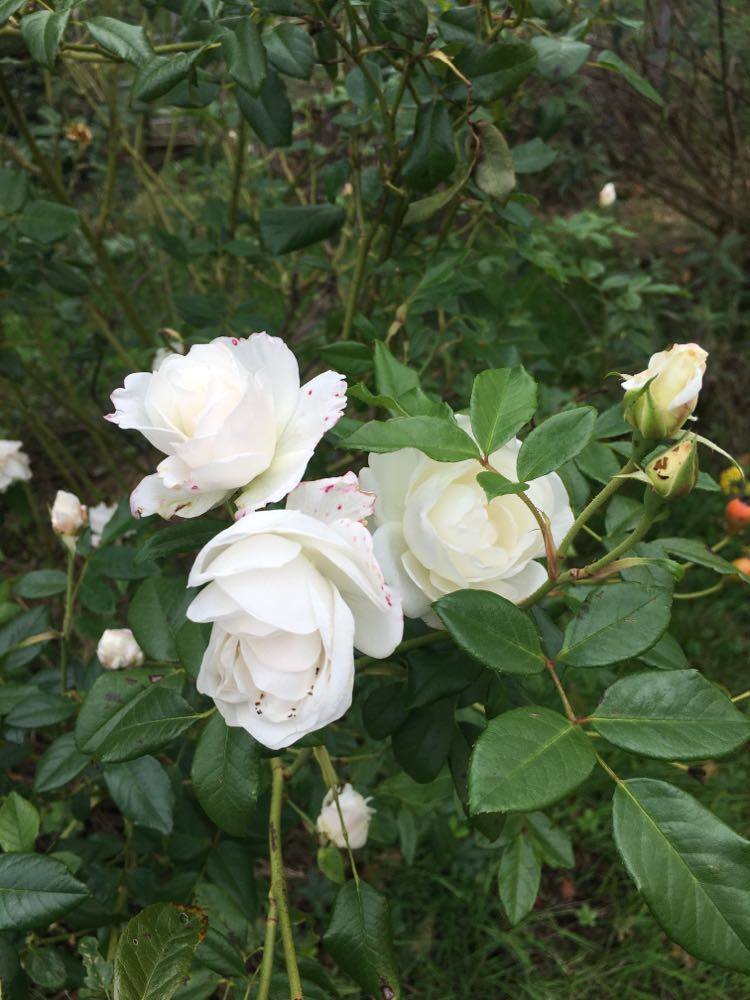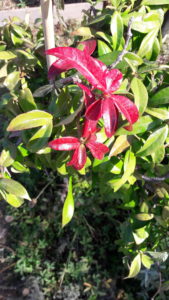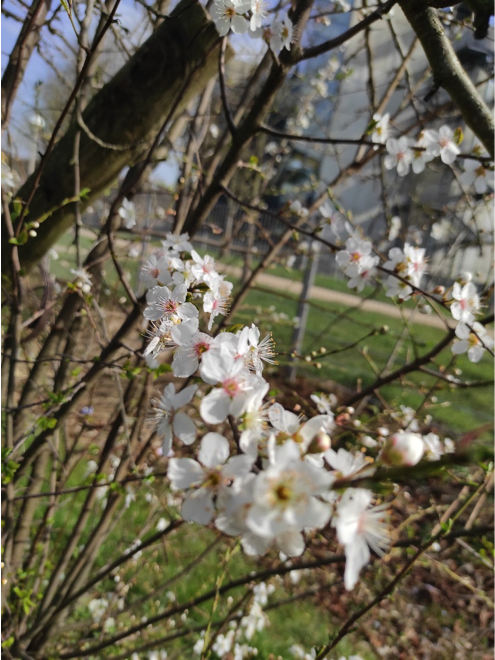
Tag Archive: plants
Symbiosis

Invisible World
When one looks at 1 square meter of this place, one cannot see a piece of art, but a small “piece of life”. Hundreds of species are flying on the surface or slithering under the weeds and the “jardin pontanique” is like a huge window on this invisible world. – Text and photos by Charles-Auguste.
Curry plant
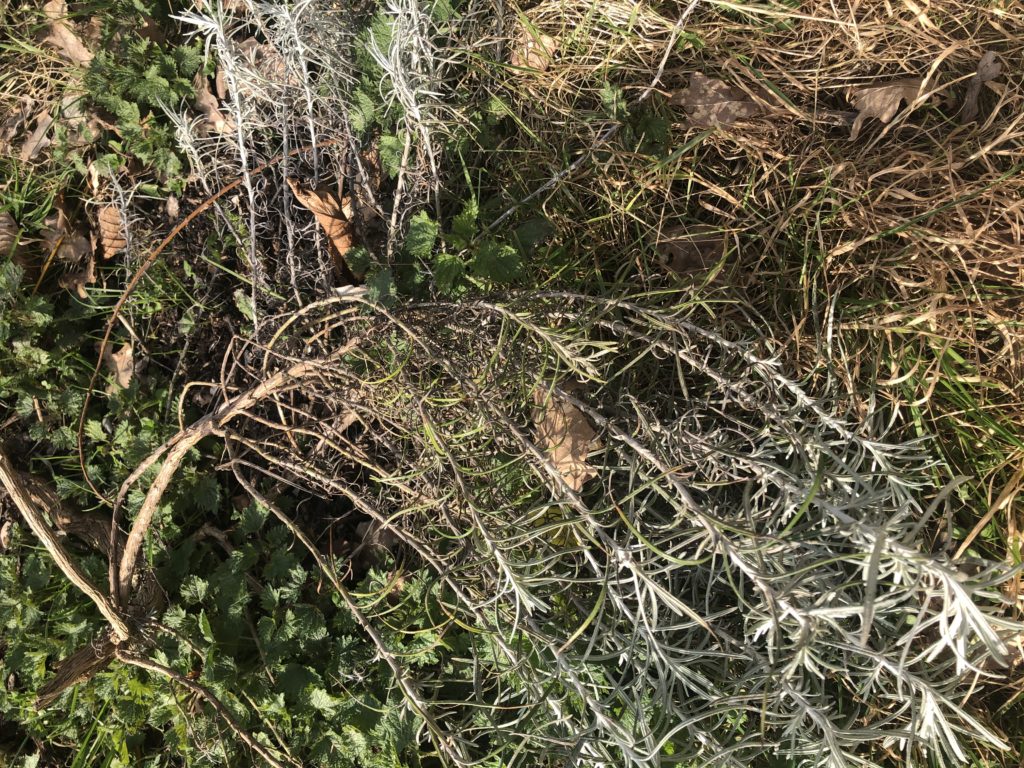
Text and picture by Joy-Rose
Sage
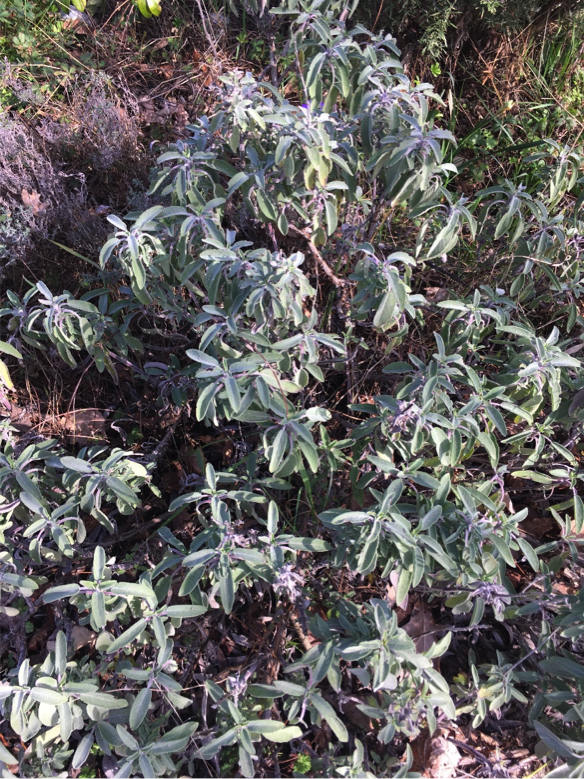
Here’s a plant that grows between a rosemary bush and the orange thyme. I is not very high ( about 20 or 30 cm) nor does it have a particular smell. But I chose it for its leaves, their colour and their texture. The leaves are not just green, but also have some grey and blue, and are very pale. If you take them in your hands they are soft as velvet.
Text and photo by Marguerite.
Sage
Throughout history, sage has been praised for its numerous benefits, and has even been called the “sacred herb”.
The Romans and Gauls used it to help women to give birth and to prevent many diseases. Its use continued throughout the Middle Age until today. Indeed, many kings saw it as a way to extend their life and protect themselves from diseases. Native Americans use it in the smudging ceremony to bless
people and places and to clear out of their bad spirits.
Sage has many medicinal properties. It reduces belly aches, tackles difficult digestion, treats gum infections, calms hot flushes, reduces cholesterol levels, and helps to regulate insulin levels. Some researchers even pointed out in 2003 that it may be useful to prevent Alzheimer’s disease.
How to use it:
It can be used in the kitchen to enhance many dishes and sauces thanks to its savory and peppery flavor, when cut into small pieces.
Also, you can boil sages leaves and drink them as an herbal tea for 2 weeks to treat aches. Beware of not consuming too much though, because this triggers hot flushes and headaches (but this is very rare). (photo and text by Inès)

Numerous plants
Text and photos by Huly.

Figure 1: General view of the garden. 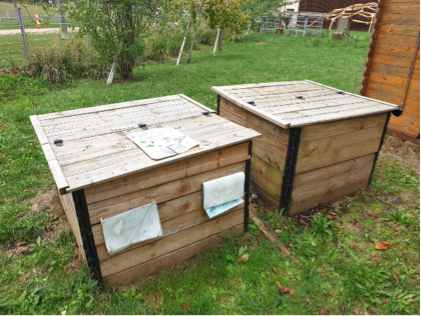
Figure 2: Compost boxes. 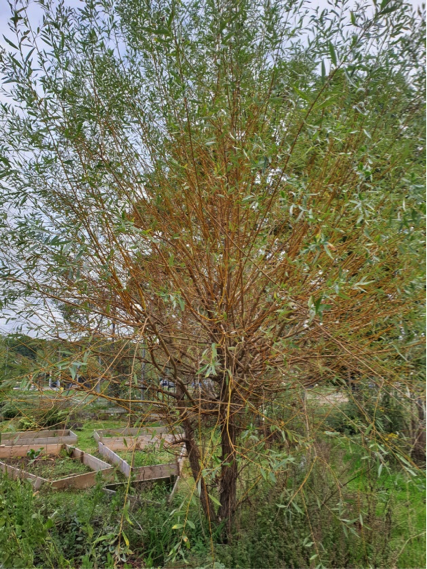
Figure 3: A willow plant we use the branches to build fences. 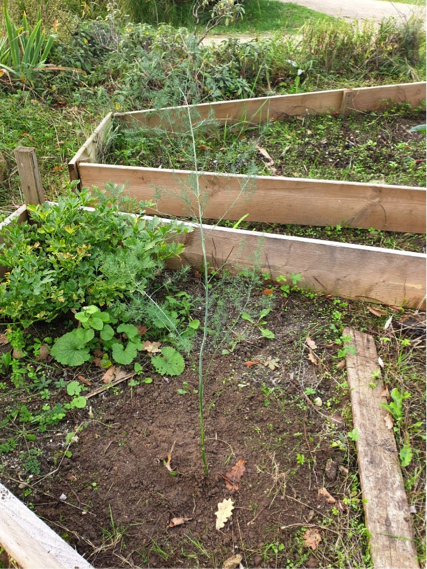
Figure 4: The asparagus tree that I’ve moved. 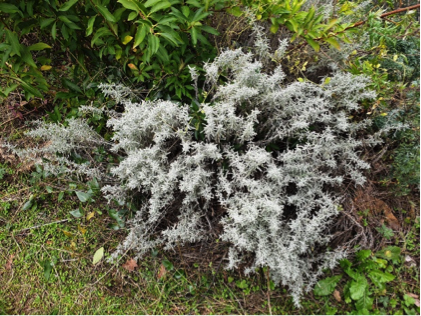
Figure 5: A curry plant with good smell.
Garden visit
When we went to the garden, it was cold and cloudy. There wasn’t that much noise except the sound of wind and a crow.
Despite bad weather, the garden was quite nice thanks to vegetation. I enjoyed the smell of different plants such as rosemary, thyme, lavander, jasmine, santalina… Photos and text by Mathilde L.
Lemon balmy times
I realised there was a lot of lemon balm (in the garden), which I really loved since it reminds me of my home in Colombia (it is quite common in the area, or at least I know I had already smelled it there many times)
– by Ana Maria

Leaf contrast
Here is the picture I took in the garden of the school this afternoon. I really like it, because some of the leaves of the plant are red, whereas they are supposed to be green, like the other ones behind them. In a word, I like the contrast these leaves make.
